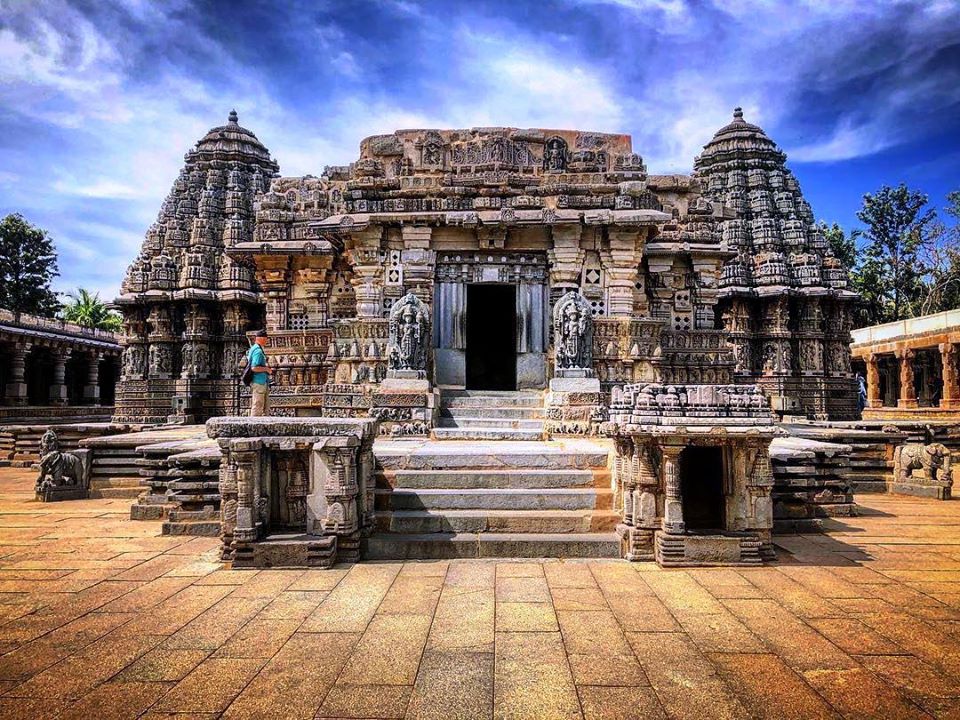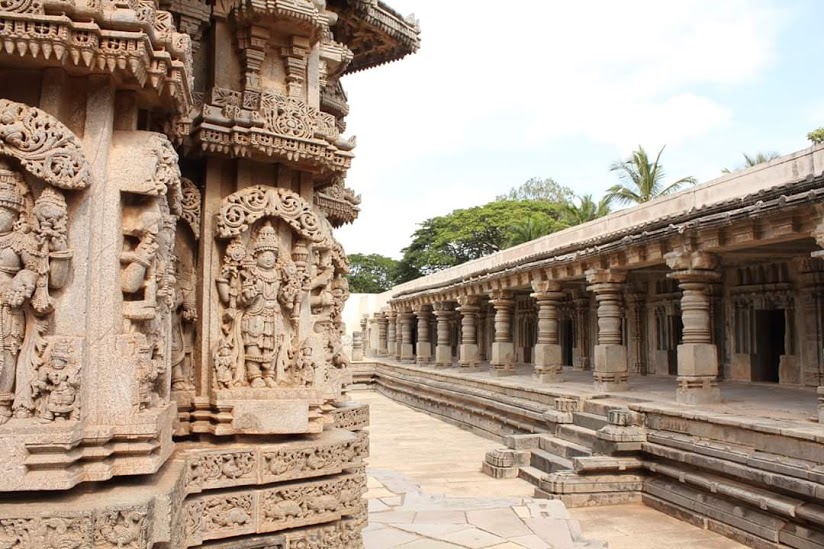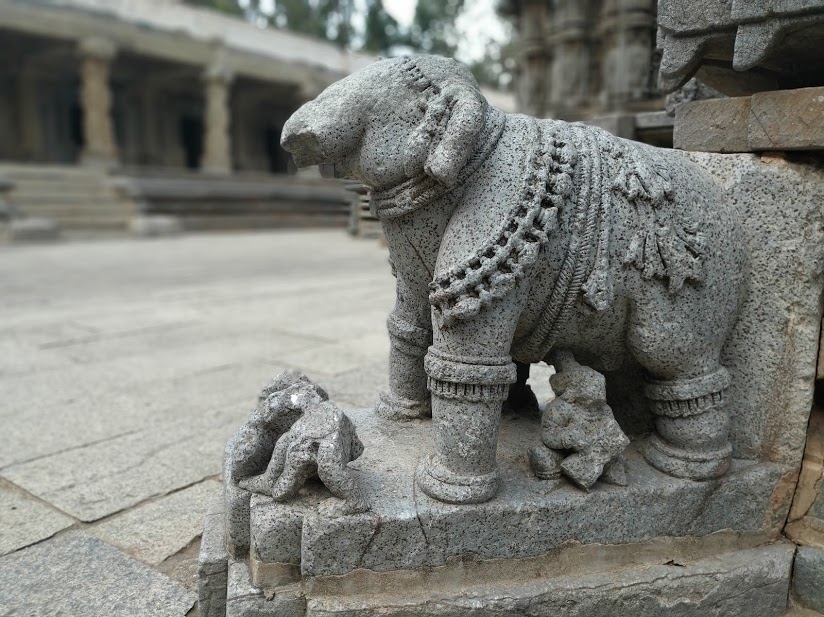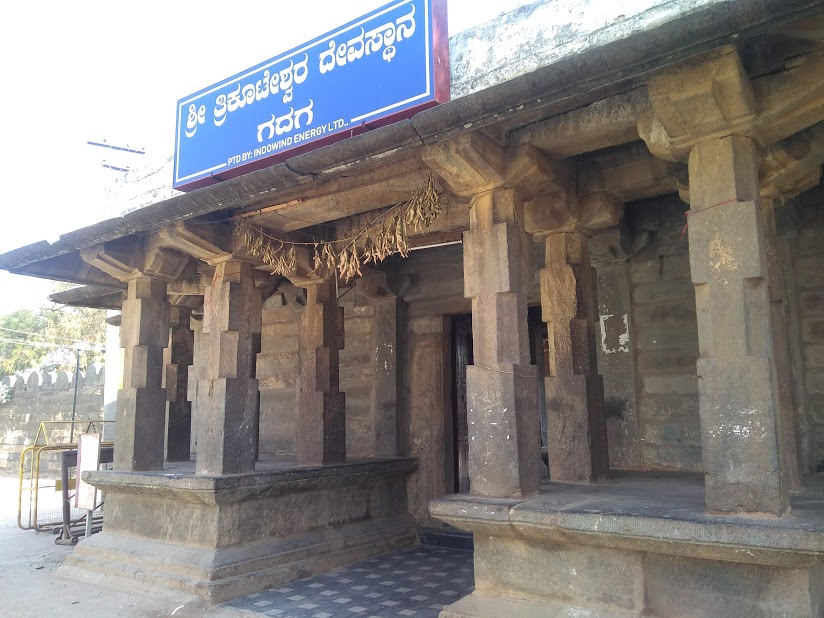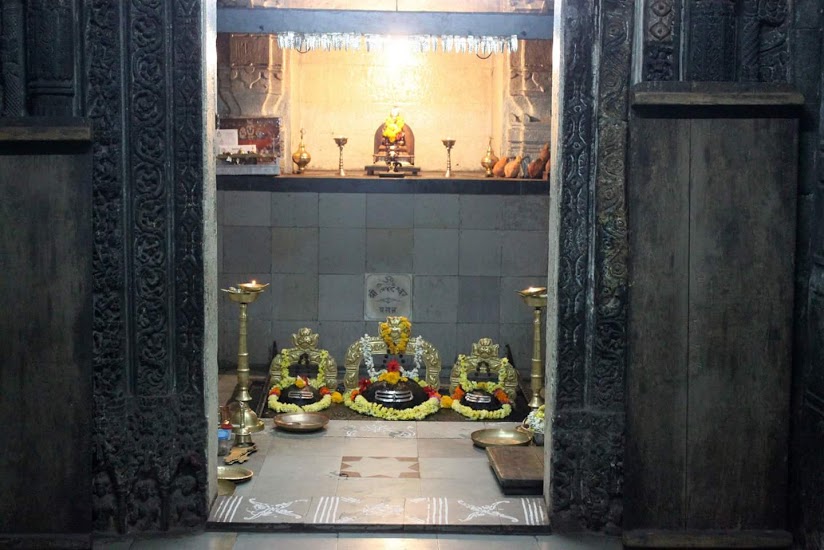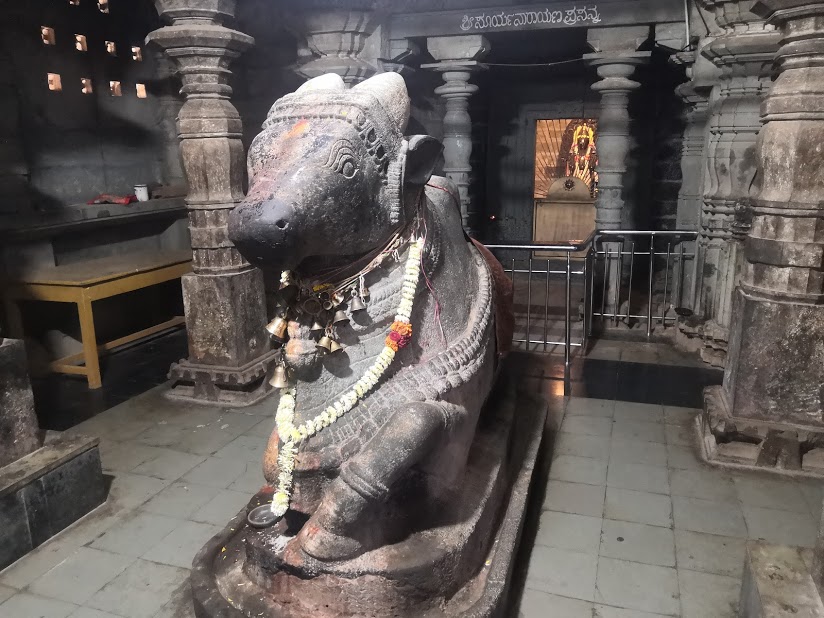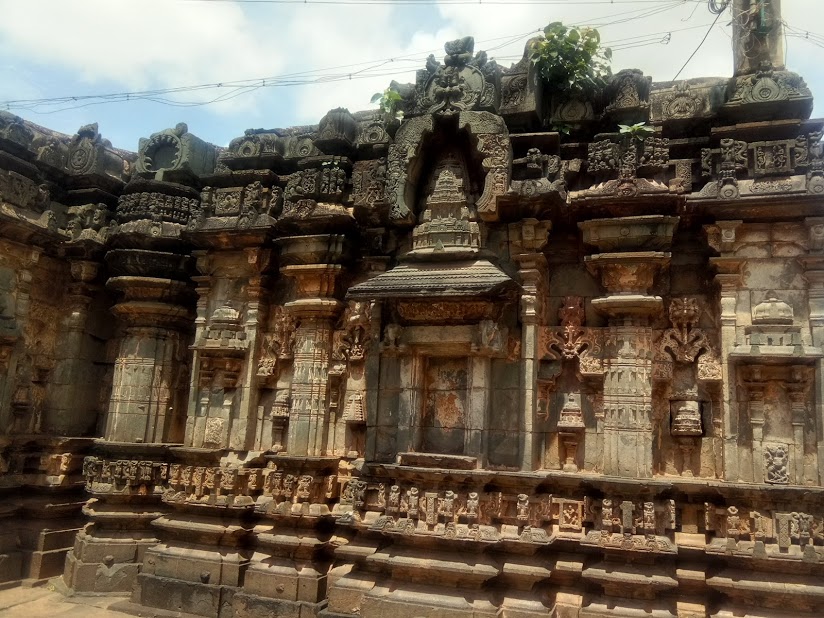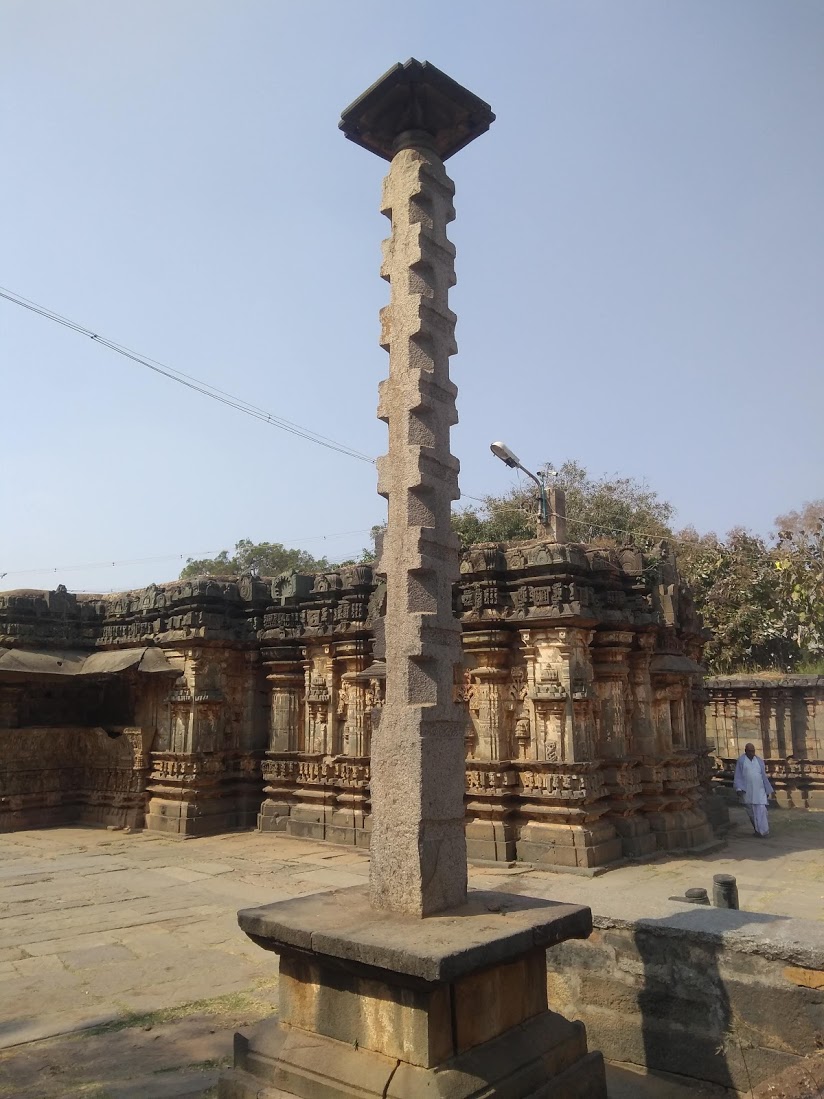
The story of Indian Legion or Legion Freies Indien
Netaji's lost army.
An army which was assembled to win India's freedom eventually fading somewhere in the pages of history. They were our bravehearts who dreamt of an independent India.
Jai Hind ki sena!
(Elaborate Thread)



Netaji's lost army.
An army which was assembled to win India's freedom eventually fading somewhere in the pages of history. They were our bravehearts who dreamt of an independent India.
Jai Hind ki sena!
(Elaborate Thread)

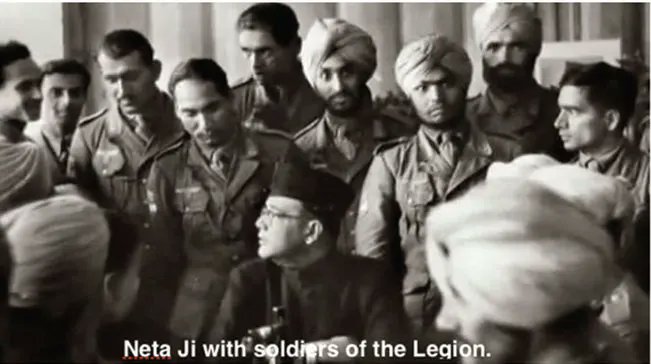

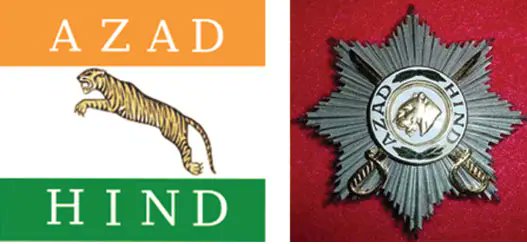
Raised in Germany, this force never found its place in the hall of fame like the Indian National Army (INA). The Indian legion became tainted due to its association with the German army. Soon the legion was cornered by allies and French resistance.(1) 

The survivors who made it to India never received the recognition which troopers of INA did. When netaji arrived in Berlin on April 3, 1941, the Germans wanted to weaken the British and welcomed him given his status as a pan India leader.(2) 
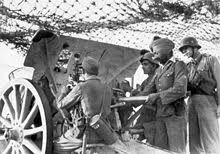
The Germans recognised a provisional "independent India govt" in exile under netaji. They also promised him an army to help liberate India. The British Indian army prisoners of war captured from Rommels north Africa campaign were the nucleus of the this army.(3) 
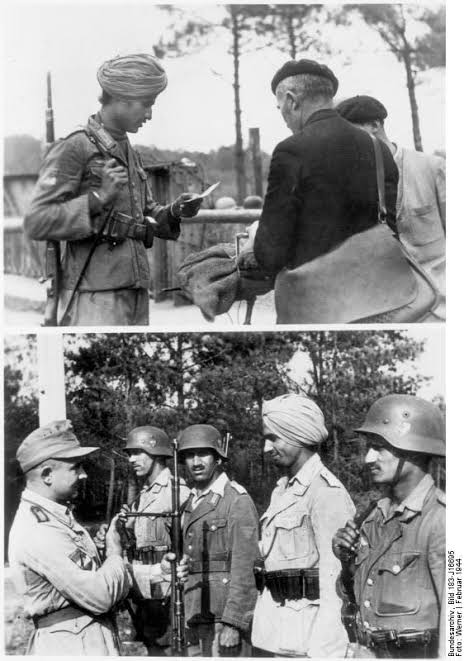
The legion would have acted as a pathfinder force for the planned German campaign into India. This seemed feasible as Rommel’s Afrika Korps was sweeping across north Africa with west Asia as the next target.(4) 

The Germans hoped that when the Indian invasion commences, a liberating army under netaji would trigger public unrest. Netaji conducted massive recruitment drives in Indian POW camps. About 5,000 volunteered.(5) 
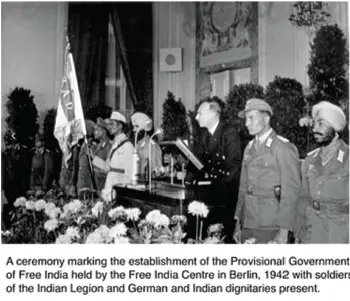
Mass trainings were held in which Indian POWs joined in allegiance to Germany and netaji. The Indian legion was formally attached to the Wehrmacht, Germany’s professional armed forces. The commanding officers were German.(6) 
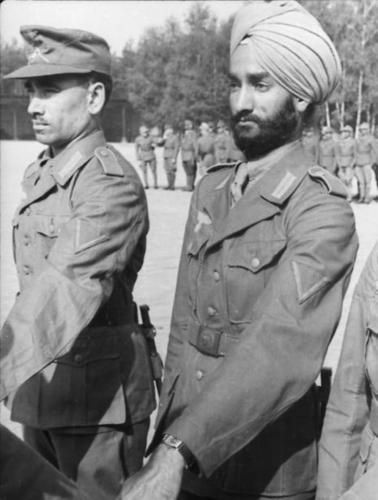
Germany’s Russian invasion in June 41 ended in disaster. Defeated in North Africa and Stalingrad, Germany retreated. Netaji became convinced that his legion would now only be used for military purposes favoring Germany's survival.(7) 
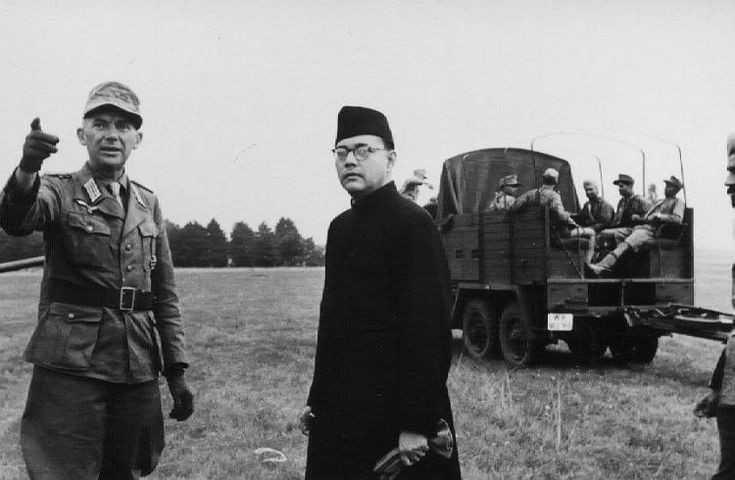
He also understood that staying in Germany was useless. In February 1943, netaji left for Japan. This left the Indian legion in Germany leaderless. The liberation army was now a pawn of Germans. The legion was moved across western Europe for some time on different duties.(8) 

After Normandy invasion, the legion was disengaged from the Wehrmacht and attached to Waffen. The Waffen being affiliated to the regime's political wing was known for its atrocities against resistance and civilians. As German armies retreated, the Indian legion trudged along.(9) 
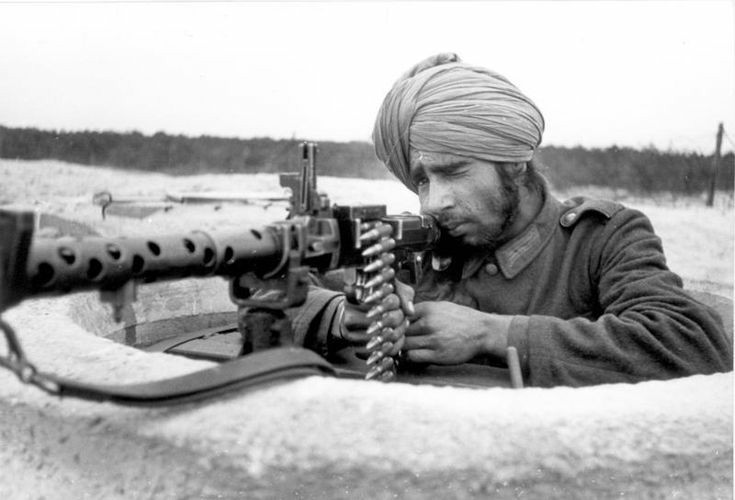
In this period certain units of the legion committed atrocities on civilians and resistance as part of Waffen orders.Other units performed well in battle and anti partisan operations. When German surrender seemed imminent, the legion attempted to flee to neutral Switzerland.(10) 
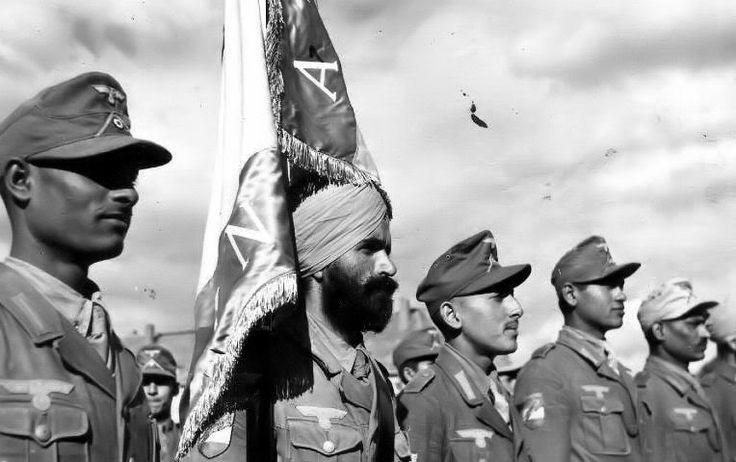
Allied forces intercepted them where some Indian soldiers were summarily executed. The remaining were handed over to the British army who mistreated them for defection. The humiliated men were shipped back to India and some stood at the INA trials on charges of treason.(11) 

Unlike the INA, which fought for freedom close to India’s borders, the Indian legion suffered infamy. Due to public uproar during the INA trials, the Indian legion’s trials were not completed.(12) 
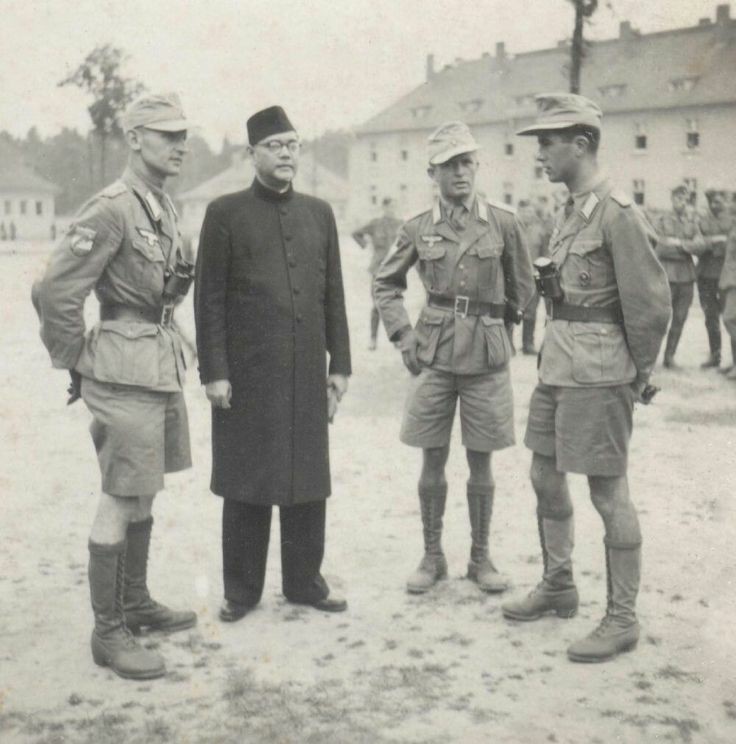
The soldiers of INA and the Indian legion were released. As a condition of independence, set by the British, readily agreed to by the Congress, members of Indian legion and INA were not allowed to serve post independence in the Indian army. SHAME ON YOU INC!(13) 
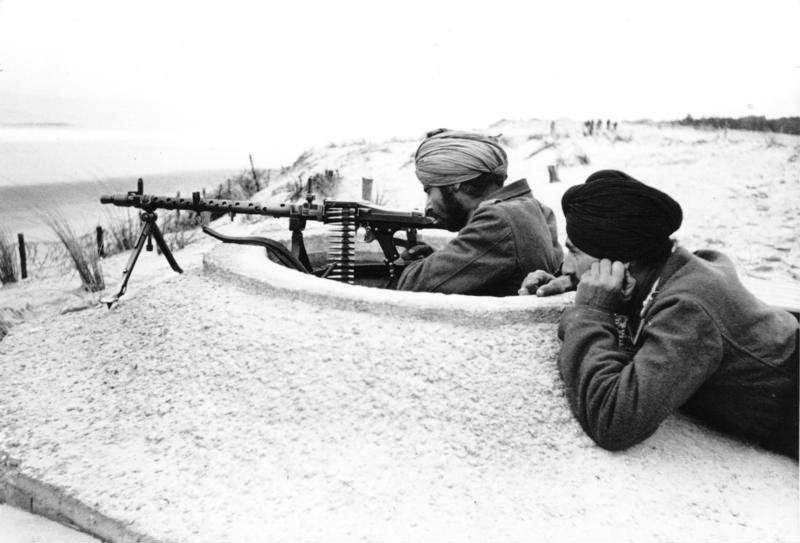
Mountbatten, made non integration of INA soldiers with the Indian army a non negotiable condition during negotiations for India’s independence. Yet they could've been reinstated into IA at a later date. Nothing was done by the ruling govt! Like really?(14) 
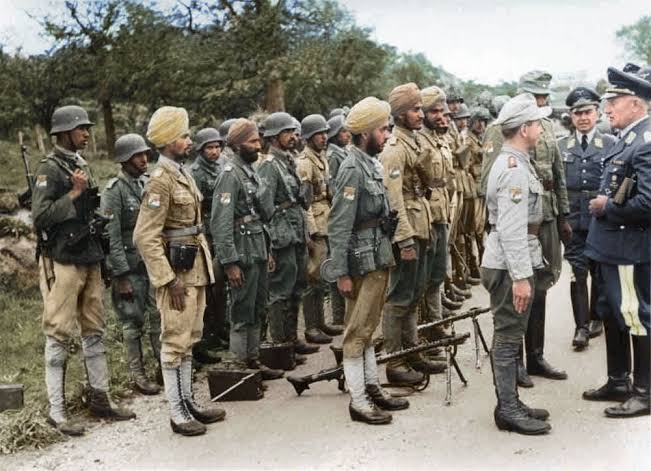
Thus, the Indian legion, Netaji’s firstborn army, orphaned by war and politics finally passed into oblivion.(15) 

It's is heart wrenching to learn that we disowned them when they stood up for the same dream as ours with circumstances not favoring them. The Congress and the Brits almost erased their legacy for going against both. One wanted sole credits for freedom. Other punish traitors.(16) 

• • •
Missing some Tweet in this thread? You can try to
force a refresh

